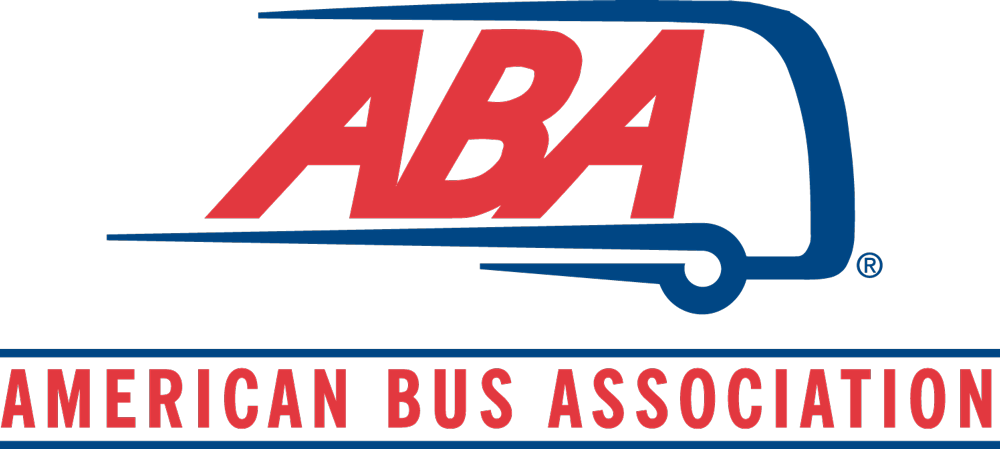Infrastructure
Issue
Infrastructure has become the next big topic for the new Biden Administration and the 117th Congress. Funding for the current federal transportation programs is due to expire on September 30, 2021, the end of the federal fiscal year. Also, the President has identified infrastructure as key to his plan to address both the impacts of COVID-19, in terms of relief and recovery, and climate change, in the broader context of his “Build Back Better” plan. These interests, along with the FY 2022 appropriations process, will drive Congressional action going forward in 2021.
Highway Trust Fund (HTF) spending outpaced the level of fuel tax revenues that support highway and transit infrastructure in 2009. Since 2009 the HTF has been augmented through a series of general fund transfers and protracted pay-for cycles. Congress is still looking to stabilize the HTF through a long-term funding mechanism through increased taxation and or new user fees.
Background & Recent Actions
The President kicked off his term by announcing his Build Back Better agenda, a 3-part plan to provide a relief and recovery plan for the nation in the wake of COVID-19. The first part of the plan was the American Rescue Plan, which the President successfully navigated through Congress to produce a $1.9 trillion package he then signed into law on March 11, 2021.
Following the success of the American Rescue Plan, the President is now promoting the American Jobs Plan, part 2 of his agenda. Through this legislation, the President intends on addressing long overdue infrastructure needs of the country, including transportation, broad band, electrical grid and water/sewer infrastructure needs. Additionally, he intends to usher in a new electric vehicle era to address climate change, provide new job skills training to assist affected workers, and address social justice issues caused by past, inequitable infrastructure decision-making.
At the same time, authorization of funding for federal transportation programs is set to expire at the end of the fiscal year, based on a one-year extension of the FAST Act. Coupled with the President’s interest in infrastructure, 2021 will be an importation year legislatively for transportation. Last Congress, two bills were introduced and marked up to reauthorize surface transportation funding. One bill was introduced by Chairman DeFazio of the House Transportation and Infrastructure Committee, and later became part of the larger overall relief package. This was passed the House, but was not taken up by the Senate. The bill was known as the “Moving Forward Act,” H.R. 2. The second bill, “America’s Transportation Infrastructure Act of 2019,” S. 2302, covered just the highway portion of the federal programs, and was reported out of the Senate Environment and Public Works Committee by then Chairman Barrasso, but did not make it to the Senate floor.
Solution
Motorcoach operators should be considered part of the transportation solution and on a level playing field with passenger rail and publicly-funded mass transportation. In the application of diesel fuel taxes, tolling regimes and comprehensive pricing strategies, these are based on the following arguments:
- Buses take cars off the road helping to mitigate congestion. One motorcoach can remove as many as 40 private vehicles.
- The use of motorcoaches, the most fuel and carbon-efficient surface transportation mode, provides a positive environmental impact.
- The use of motorcoach transportation reduces the overall taxpayer burden.
- Motorcoach operations support over one million American jobs and billions in economic activity.
